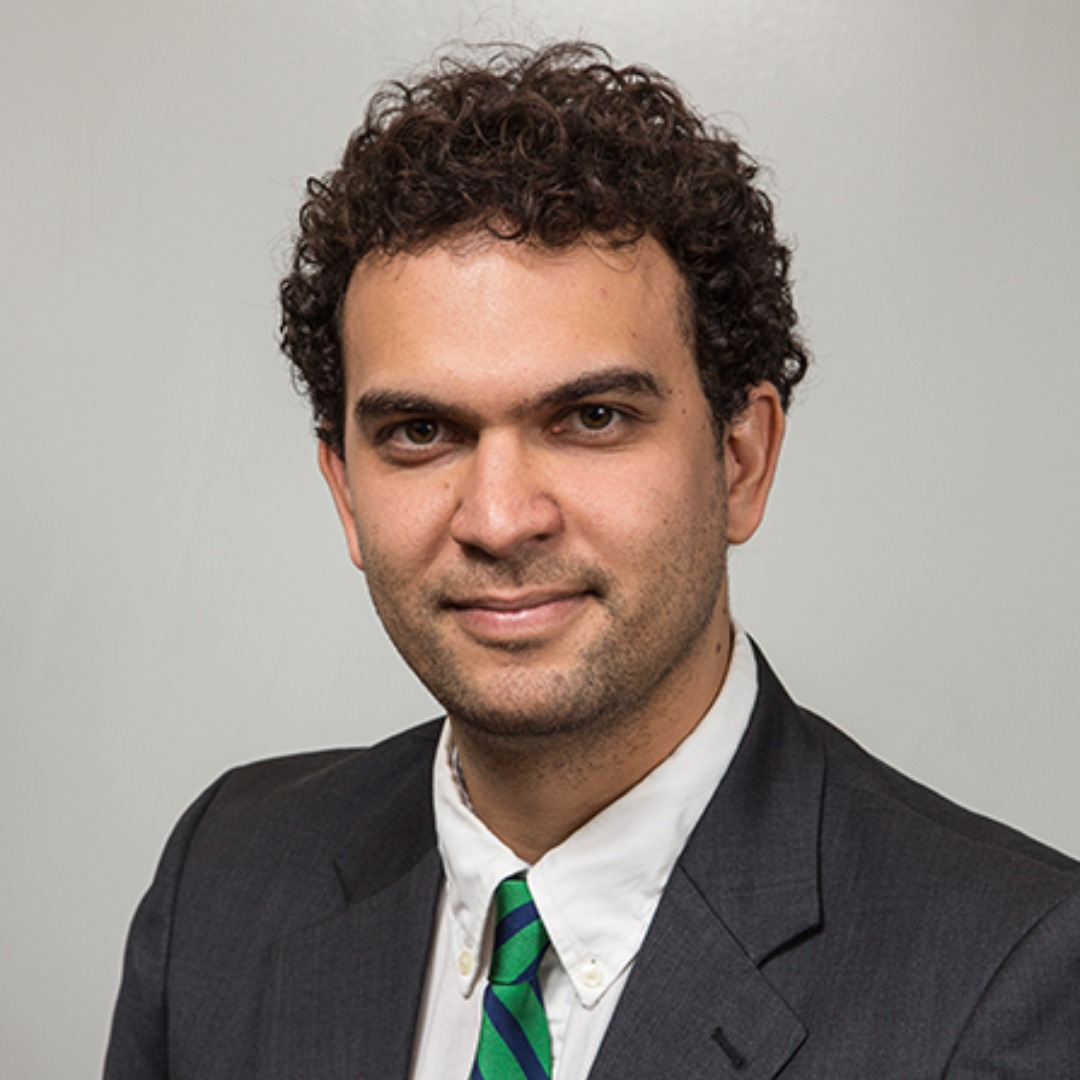Priority Theme Spotlight: Frederico Batista Pereira, Natália Bueno, Felipe Nunes, Nara Pavão, and Folha de São Paulo
Author: Ayuko Picot
Theme: Democracy, Conflict, & Polarization
In today’s Priority Theme Spotlight, we feature EGAP members, Natália Bueno (Emory University) and Nara Pavão (Universidade Federal de Pernambuco) along with their co-authors, Felipe Nunes (Universidade Federal de Minas Gerais) and Frederico Batista Pereira (University of North Carolina at Charlotte). We asked them about their paper, “Inoculation Reduces Misinformation: Experimental Evidence from a Multidimensional Intervention in Brazil,” and the effectiveness of preemptive interventions against misinformation. We also spoke with Eduardo Scolese from Folha de São Paulo, a newspaper founded in 1921, with the largest circulation and online presence in Brazil.
The research team shares results from an experiment conducted in partnership with Folha de São Paulo on the effects of receiving a free subscription voucher to the newspaper and a message about the spread of fake news during 2020 mayoral elections in São Paulo, Brazil. They find that the awareness-raising intervention reduced rumor acceptance. A replication of this study conducted in early 2022 confirmed this finding that the intervention reduced belief in false stories. In addition, the replication study revealed that the intervention did not lead to a backlash, or an increase in skepticism towards real stories. Their findings reveal that simple, preemptive interventions could be applied to address other types of misinformation and in settings when fact-checking is not available or feasible. We asked the research team and Eduardo about their intervention and findings from the project.
In your study, you focus on prevention interventions, the demand-side of the misinformation market. Can you speak to why you decided to approach this issue from a demand-driven as opposed to a supply-side intervention?
Frederico Batista Pereira, Natalia Bueno, Felipe Nunes, and Nara Pavão: There is a lot of good work on tools such as fact-checking to combat misinformation. We think these are valuable and, in general, effective. But, we were interested in looking at a different type of intervention. Specifically, we were interested in preemptive interventions because we believe they have potential as scalable and effective tools to combat misinformation by reducing demand for false stories, especially when fact-checking is not available or feasible. Moreover, we were interested in how these types of interventions can both motivate and train individuals to guard themselves against misinformation, hopefully with larger impacts medium- and long-term compared to other common interventions against misinformation.
Eduardo, can you briefly describe misinformation in the Brazilian context and describe any measures that your newspaper has taken in the past?
Eduardo Scolese: The subject of disinformation, as a matter of internal priority in our newspaper, is something new. About 15 years ago, for instance, we started to focus on candidates’ false campaign statements. At Folha, we created products such as “promessômetro” [promise-meter] and “mentirômetro” [lies-meter] to check if statements were correct, misleading, or false.
During the 2014 presidential elections, social media still played a small role. We didn’t have instant messaging apps, so we had trouble identifying the impact of fake news from Dilma Rousseff’s campaign (Workers’ Party) regarding her main opponents at the time, Marina Silva (Brazilian Socialist Party) and Aécio Neves (Brazilian Social Democracy Party). That time, the petista (Worker’s Party) rumor mill in the countryside spread the story that Rousseff’s adversaries would end Bolsa Família, a conditional cash transfer program.
Nothing compares with what happened in the 2018 elections and during Jair Bolsonaro’s administration. During those elections, we invested in news reporting, and we were able to disclose, for instance, the en masse text messages that Bolsonaro’s supporters generated to harm the petista candidate, Haddad, in the 2018 elections.
During the Bolsonaro administration, we experienced our greatest challenge since lies became part of everyday politics and the president’s communication with his allies. Lies and distorted information started being said dozens of times a day and transmitted to millions of followers via social media channels.
We had to adapt to this reality and work with daily and fast fact-checking, seeking to adjudicate the truth of statements that we were publishing. We had to use language such as “Bolsonaro lies about this and that” in more serious circumstances.
This project was a result of a collaboration between the research team and Folha de São Paulo, a leading newspaper in Brazil. Eduardo, how and why did Folha establish the partnership with the research team?
ES: We knew the issues of fake news would be important in the 2020 local elections since it was the first election cycle after the disinformation phenomenon in 2018. The collaboration started from conversations between the two teams, who had collaborated on other initiatives. It involved other departments in the newspaper such as subscriptions since the intervention involved distributing free subscriptions of our newspaper. The partnership required investment. Folha and the researchers were very in sync during the entire project.
This study tests the effects of awareness and access to professional journalism against misinformation during the 2020 mayoral elections in São Paulo, Brazil. What were the primary findings from this project?
FBP, NB, FN, and NP: Study 1 uses a 2-wave online survey combined with an experimental intervention conducted during the 2020 mayoral elections in São Paulo, Brazil. The intervention was designed in partnership with Folha de São Paulo, a newspaper founded in 1921, with the largest circulation and online presence in Brazil. The first wave of the survey included 1,000 respondents and was conducted between November 19 and 24, a few days before the second round of the local elections (November 29). The second wave took place between December 8 and 16.
After completing the first wave questionnaire, respondents were randomly assigned to one of two conditions. The treatment group received a multidimensional intervention: a voucher for a free 6-month subscription to Folha de São Paulo and a week after the first survey wave, the treatment group also received an email from the survey company containing a message about the spread of fake news during the election. The message included a list of eight steps for spotting fake news and included a link to a news piece from Folha de São Paulo that described the newspaper’s fact-checking tools available for respondents. The control group did not receive any intervention.
The findings show that preemptive interventions can reduce rumor acceptance. We find a .12-point reduction, in a 0-1 scale. Even though not everyone assigned to the treatment opened the email or accessed the subscription voucher, the intervention was effective at reducing belief in false stories: both false stories that subjects had seen in the first wave and asked about again in the second wave, but also new false stories to which they were exposed. Interestingly, we found that subjects in the control who did not receive any intervention were more likely to believe in the false stories after their second exposure to them in wave 2, which is suggestive that repetitive exposure to false stories may increase acceptance.
You recently conducted a replication of this study. Why did you conduct a replication, and what did you find?
FBP, NB, FN, and NP: We conducted a replication and an extension. First, we had a few implementation issues in the first field experiment conducted in 2020, and we wanted an opportunity to rule out the possibility that these issues could be meaningfully affecting our findings. Second, we had additional questions: could these awareness interventions backlash and make subjects question news stories that do not contain misinformation? What aspect of our original intervention, the awareness-raising e-mail or the access to professional journalism, was driving subjects’ behavior? Could this type of intervention be effective in non-electoral periods, when, perhaps, parts of the electorate are less motivated to adjudicate between truth and falsehoods?
We replicated the study using a similar sample size in early 2022, also in the city of São Paulo. The design was very similar, with two key differences: we did not offer access to professional journalism, via the subscription voucher, and we included additional measures of belief in real stories.
We found two main things. First, our main results held. Albeit our replication study results being statistically weaker, we found that the awareness-raising intervention reduced belief in false stories. Second, our intervention did not lead to an increase in skepticism toward real stories, such that we even found an increase in the difference in the acceptance of true and false stories.
How has Folha de São Paulo’s participation in this study changed your organization’s approach to reducing misinformation?
ES: This project was our leading news feature in the coverage of disinformation in the 2020 elections. It opened up doors for us to think of new partnerships and keep the issue as a priority for our readers.
How might a demand-driven approach be applied to misinformation beyond political processes?
FBP, NB, FN, and NP: In principle, this type of awareness-raising intervention could be applicable to any type of misinformation, not just related to political issues. While we have not tested it against health misinformation, for example, the email we used, with eight steps for spotting fake news, does not particularly target political stories.
What are the implications of these findings on how to effectively address the rise of political misinformation?
FBP, NB, FN, and NP: We think this paper fits nicely with a growing and exciting literature on how to combat misinformation. Our results show that a simple intervention can reduce belief in false stories without backfiring. This type of intervention is also simple and relatively less costly than interventions that require training and workshops, for example. That said, we don’t know how effective this intervention is in the long-term, and whether it is equally effective in different contexts.




